You can significantly improve your Bluetooth speaker’s sound by optimizing its connection, placement, and settings. For example, keep your devices close (within ~30 feet) and free of obstacles or other 2.4GHz interference Make sure both your phone/computer and speaker volumes are up, and use any built-in EQ or “bass boost” modes to enhance clarity and bass Playing high-bitrate audio and enabling advanced codecs like aptx or AAC (if supported) also boosts fidelity Updating your speaker’s firmware and using a wired connection (AUX/optical) when possible can further sharpen the soundbowerswilkins.com In short, by adjusting placement, tweaking settings, and using quality sources, you’ll enjoy richer, clearer audio from your Bluetooth speaker.
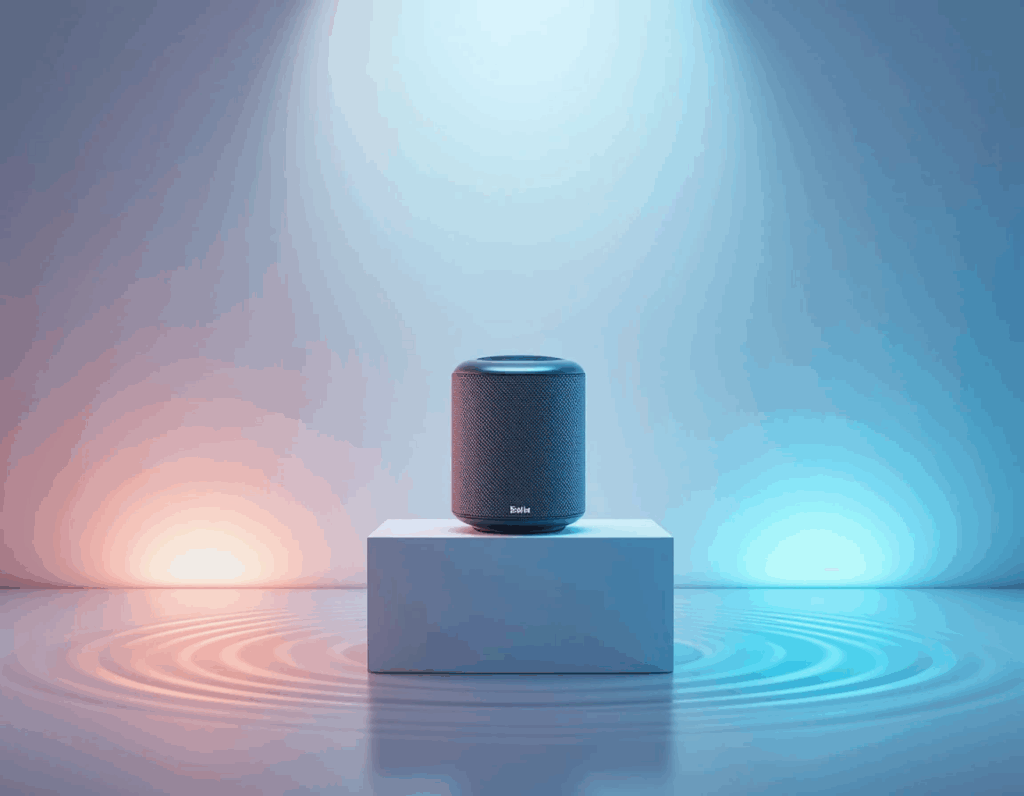
Table of Contents
- Optimize Bluetooth Connection
- Improve Speaker Placement
- Adjust Audio Settings
- Use High-Quality Audio Sources
- Maintain and Update Your Devices
- Additional Tips
- Frequently Asked Questions
Optimize Bluetooth Connection
A stable Bluetooth link is the foundation of good sound. Ensure your speaker and source device (phone/computer) are paired correctly and kept close (ideally within 10–30 feet). Remove physical barriers (like walls or floors) between them to avoid signal drop-offs gsoutech.com. Also turn off or distance other 2.4 GHz electronics (Wi-Fi routers, microwaves, wireless mice, etc.) since these can interfere with Bluetooth. For example, a microwave or busy Wi-Fi channel can cause static or cutouts.
- Re-pair devices: If sound cuts out, try “forgetting” and re-pairing the speaker in your device’s Bluetooth settings. This often clears glitches.
- Check battery/power: Low battery can limit range. Make sure the speaker (and phone) are sufficiently charged stozzaudio.com. Some Bluetooth speakers sound weaker when power is low.
- Stay still while listening: Moving around too much can block the Bluetooth signal. Try to keep a direct line-of-sight when you can, avoiding having your body between the devices.
By keeping the connection clean and strong, you’ll hear fewer dropouts and a fuller audio signal.
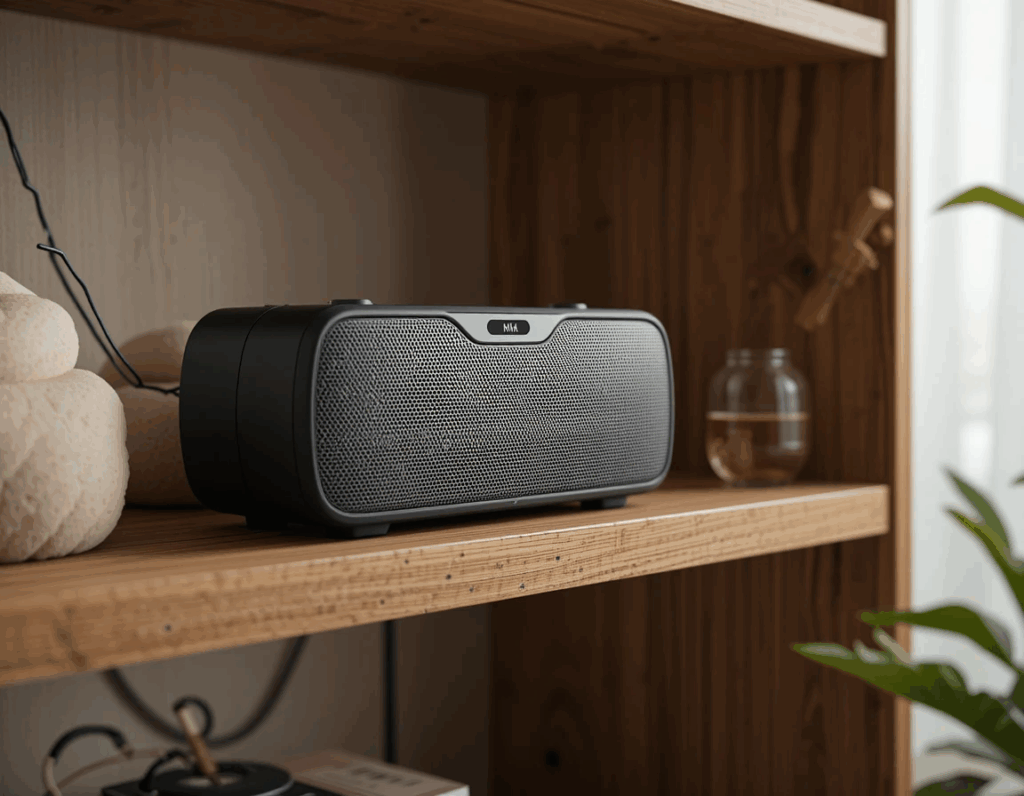
Improve Speaker Placement
Where and how you place your speaker greatly affects its sound. Even a great speaker can sound muddy if placed poorly. For the best sound quality:
- Face the Speaker Forward: Point the speaker’s grille toward your listening area. On a desk or shelf, aim it at ear level (about 2–4 feet high)mobilefun.co.uk. Facing it directly at you helps you hear its full clarity.
- Leave Space Behind: Don’t push the speaker flush against a wall. Keeping it a few inches from the wall prevents bass frequencies from sounding “boomy” or muddy Experiment with the distance – a little gap can improve midrange clarity.
- Use Corners Strategically: Placing a speaker in a corner or nook can actually boost bass by reflecting low frequencies This “corner loading” can make the sound fuller, but avoid fully enclosing the speaker (don’t put it inside a cabinet). Leave some open space so the sound can breathe.
- Hard Surfaces: Speakers sound louder and clearer on solid surfaces. Hard, flat tables or shelves reflect sound. Avoid soft surfaces (like couches or carpets) directly behind the speaker, as they absorb bass.
Insight: Speaker shape and design matters too. Boxy speakers should generally face forward, while cylindrical or omnidirectional speakers can be placed centrally. Try different spots and listen – small moves often make big differences
Adjust Audio Settings
Your source device and speaker often have adjustable settings that impact sound quality. Tweaking these can yield immediate improvements:
- Volume Levels: Ensure both your phone/tablet and the speaker’s volume are turned up. Some speakers require you to adjust volume on the device and the speaker separately stozzaudio.com. If the volume is low on either end, the sound will be weak or distorted.
- Equalizer (EQ) Settings: Many devices and speaker apps allow you to adjust bass, treble, and midrange. Try a preset like “Music” or manually boost the bass and treble slightly. For example, boosting bass on a Bluetooth speaker can add richness soundcore.com. Conversely, if the sound is too bass-heavy, lower the bass or raise the midrange. These subtle EQ tweaks can clarify vocals and instruments.
- Bass-Boost Modes: Some speakers have a “Bass Boost” or “Deep” mode. Turn this on to enhance low frequencies. Similarly, disable any artificial sound effects (like “Surround Sound”) that may color the audio.
- Ensure High-Quality Streaming: If you’re streaming music (Spotify, YouTube, etc.), enable the highest quality setting. On Spotify, for instance, choose “Very High” streaming quality. On phones, also check if the streaming app uses lower quality on mobile data vs. Wi-Fi. Higher bitrate streams (e.g. 320 kbps MP3 or lossless) sound clearer than low-bitrate ones.
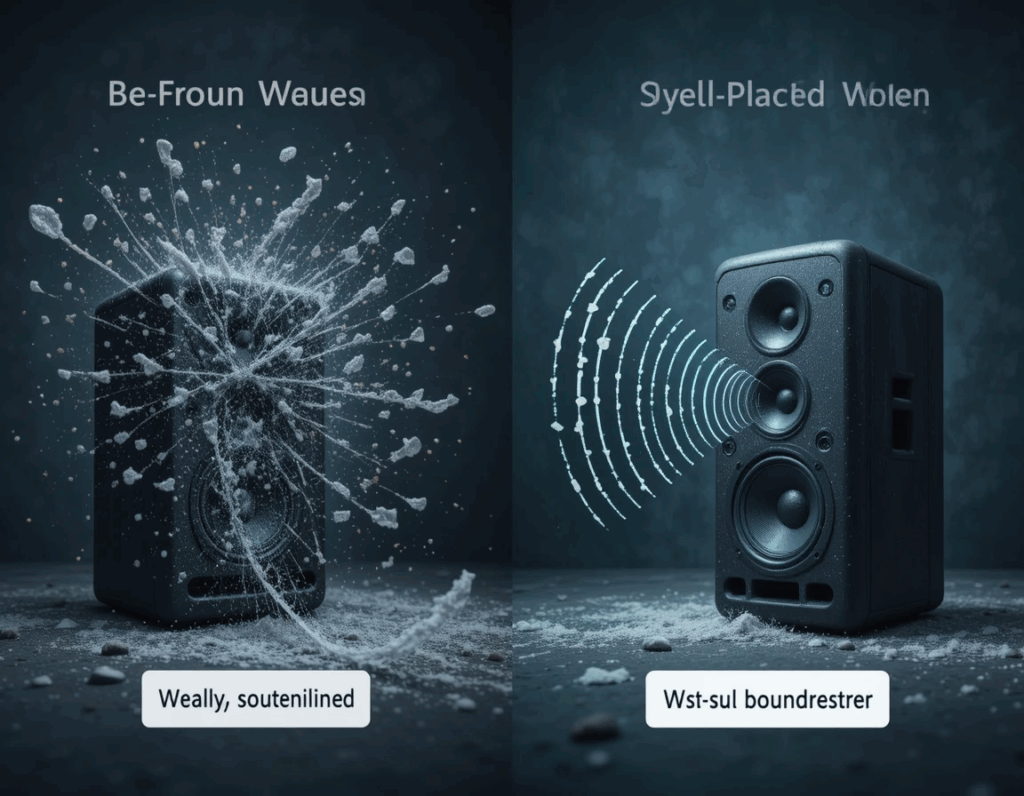
Use High-Quality Audio Sources
The quality of your audio files or stream directly affects what the speaker can reproduce. Follow these tips to maximize fidelity:
- High-Bitrate Files/Streams: Play music in lossless or high-bitrate formats (e.g. 320 kbps MP3, FLAC, or HD streaming). Compressed audio (like low-bitrate MP3 or low-quality YouTube) loses detail and will sound worse through any speaker.
- Enable Advanced Codecs: Many modern devices support better Bluetooth codecs like aptX (Qualcomm) or AAC (Apple) or LDAC (Sony). If both your phone and speaker support aptX, the audio can be CD-quality (16-bit/44.1kHz) bowerswilkins.com. Similarly, LDAC can transmit up to 24-bit audio. Check your device’s Bluetooth settings – some let you select codec or enable “High Quality” mode. Using these codecs reduces compression loss.
- Wired Connection (if possible): If your speaker has an AUX input (or USB/optical), try a direct cable connection. Wired audio bypasses Bluetooth compression entirely. For example, standard Bluetooth (SBC codec) streams around 328 kbps bowerswilkins.com, which is below CD quality. A wired (3.5mm or optical) cable can send the full audio signal without that limit, giving richer sound.
- Streaming Services: Use services known for high quality. For instance, Tidal, Qobuz, or Spotify HiFi (when available) offer better streaming bitrates. The clearer the source, the better your Bluetooth speaker will sound.
Maintain and Update Your Devices
Keep your speaker and source device in good shape to ensure consistent, high-quality output:
- Firmware Updates: Check if your speaker has firmware updates via its app or website. Manufacturers sometimes release updates that improve sound performance or fix bugs. For example, audio devices often add enhancements for sound quality in updates hifipicks.com.
- Close Unnecessary Apps: On your phone or computer, close other apps when playing music. More free RAM and CPU ensures smooth streaming. Gsou engineers note that low device memory can cause choppy sound over Bluetooth gsoutech.com.
- Battery and Temperature: Use the speaker on a stable power level. A plugged-in speaker (mains powered) usually maintains peak performance. Keep the battery charged and avoid overheating; extreme heat or low battery can reduce volume and clarity.
- Clean the Speaker: Dust or debris on the speaker grill or drivers can muffle sound. Periodically wipe the speaker with a dry cloth and ensure the grille is free of obstructions.
Regular maintenance means your devices will perform optimally. As one tech expert noted, new firmware often “improve[s] the speaker’s functionality and sound quality hifipicks.com.
Tips to Boost Sound Quality of Your Bluetooth Speaker 2025 Read More –>
Additional Tips
- Room Acoustics: Hard floors and bare walls reflect sound, whereas rugs, curtains and cushions absorb it. In a very “dead” room, consider adding some reflective surfaces (like bookshelves) to liven the sound. Conversely, in a very “live” room, add a rug or drapes.
- Equalizing Room Effects: If your speaker has a companion app, it might include sound modes or an auto-calibration. Use those if available.
- Pairing Multiple Speakers: If you have more than one identical speaker, use stereo pair mode. Two speakers set up properly will give deeper bass and a wider soundstage than one alone.
- Use Quality Accessories: If you use wires (charging cable or AUX), use good cables. Noisy or poorly shielded cables can introduce hum or static.
- Patience and Experimentation: Every speaker and environment is different. Try a bit of trial and error. Move the speaker, try different settings, listen critically. Sometimes tiny tweaks (like raising the speaker a few inches) make a big difference.
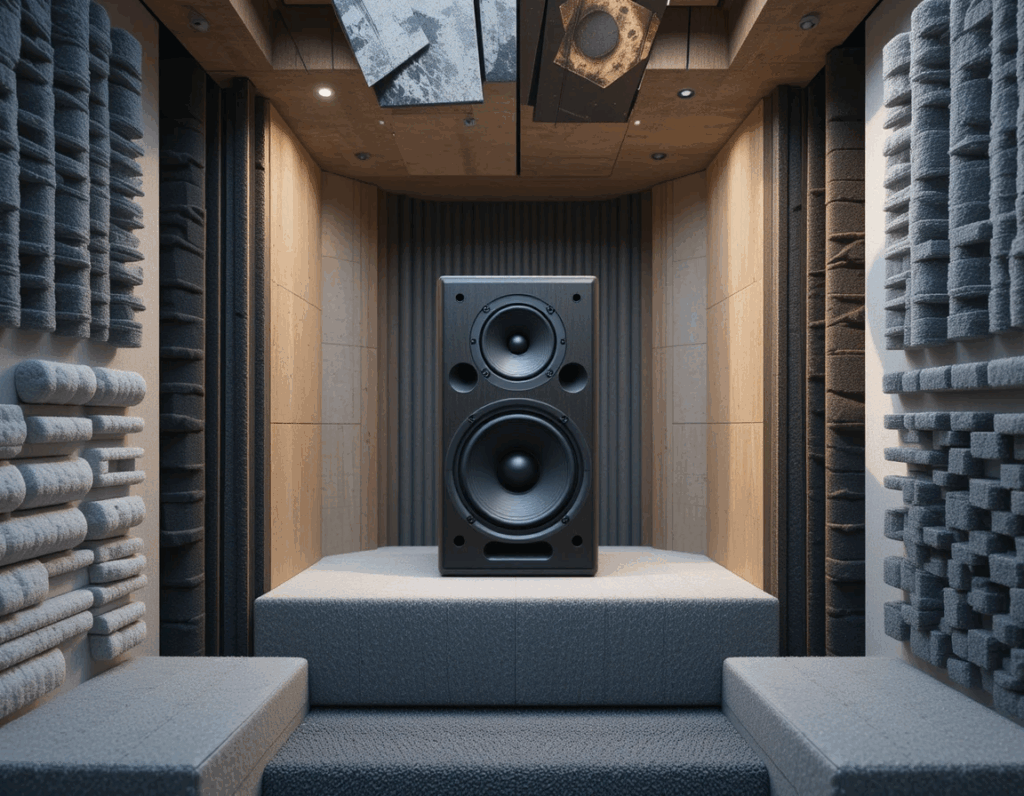
Frequently Asked Questions
Q: Can distance really affect Bluetooth sound quality? A: Yes. Bluetooth typically works best within ~30 feet (10 meters) without obstacles. Walls and interference sources can cut range. Staying within this range with a clear path ensures a stronger signal and better sound.
Q: Why does my speaker sound tinny or bass-poor? A: Often this is due to placement or settings. Try moving the speaker near a corner or against a hard wall (not flush) to boost bass reflections mobilefun.co.uk. Also check that any bass-boost mode or EQ is enabled. If it’s still thin, double-check your device’s EQ settings aren’t set to “flat” or “voice” mode.
Q: Is it better to connect via a wire instead of Bluetooth? A: Generally, yes. A wired (AUX/optical) connection bypasses Bluetooth compression, delivering the full audio signal bowerswilkins.com. If your speaker and source have a cable option, it will likely sound crisper. However, using Bluetooth codecs like aptX or LDAC can narrow the gap considerably bowerswilkins.com.
Q: How important is the quality of the music file? A: Very important. Higher bitrate or lossless files carry more detail. For example, 320 kbps MP3 or FLAC files will sound much better than 96 kbps streams. Also use high-quality streaming settings (if using Spotify, turn on “Very High Quality”; if YouTube, choose 1080p+ streams).
Q: Will upgrading the speaker help? A: If you’ve tried all fixes and the sound is still unsatisfying, a higher-end speaker may be worth it. Better speakers have improved drivers, DSP, and support for codecs like aptX HD or LDAC, giving clearly better sound. But first apply all the tips above – sometimes small tweaks yield great improvements.



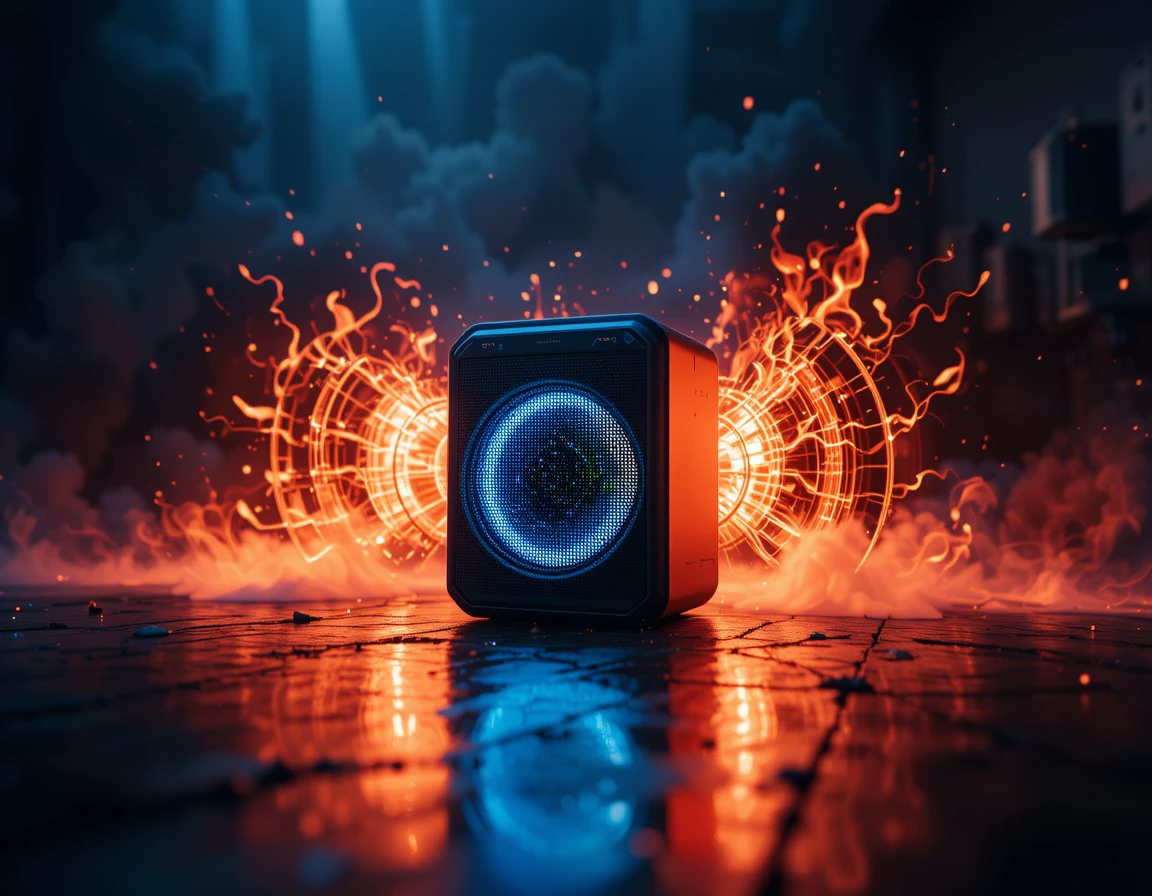

One thought on “How Can I Improve the Sound Quality of My Bluetooth Speaker? 2025”